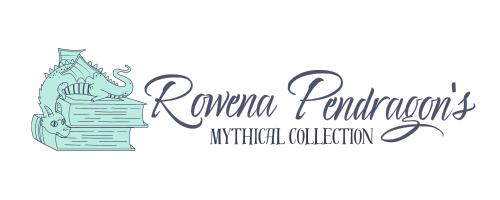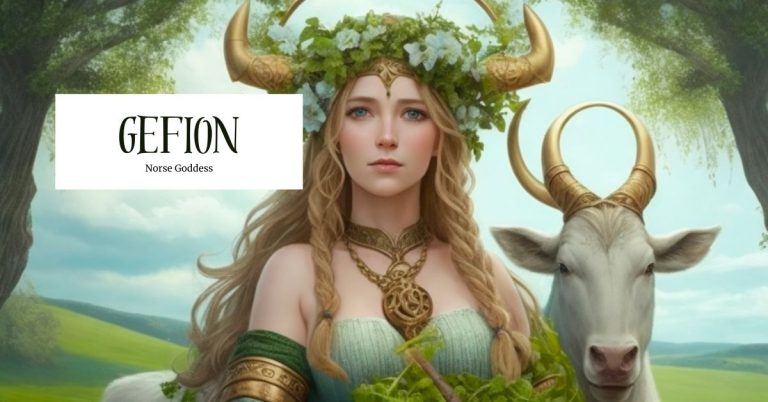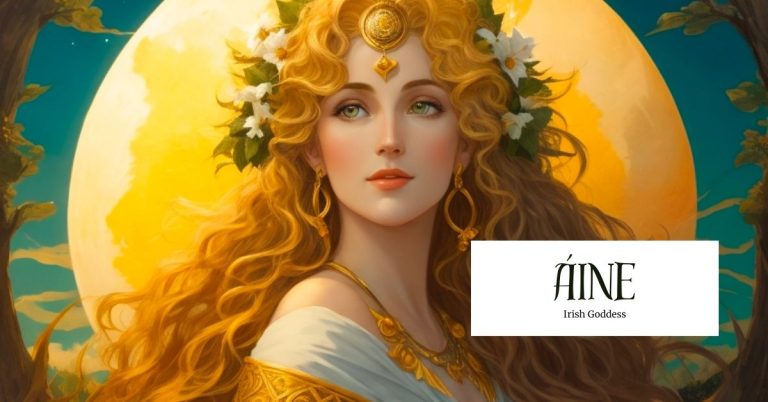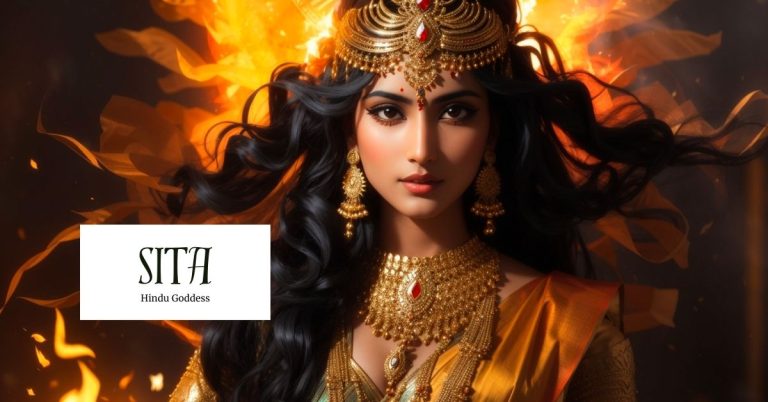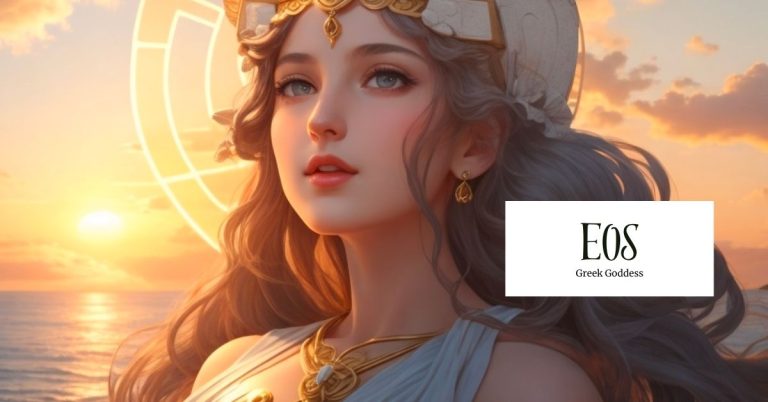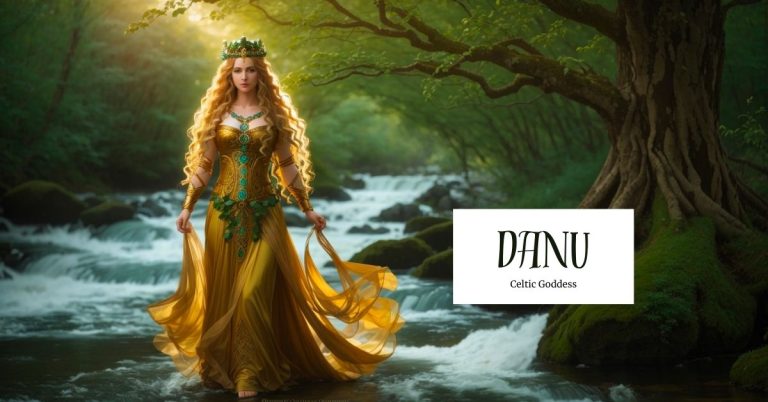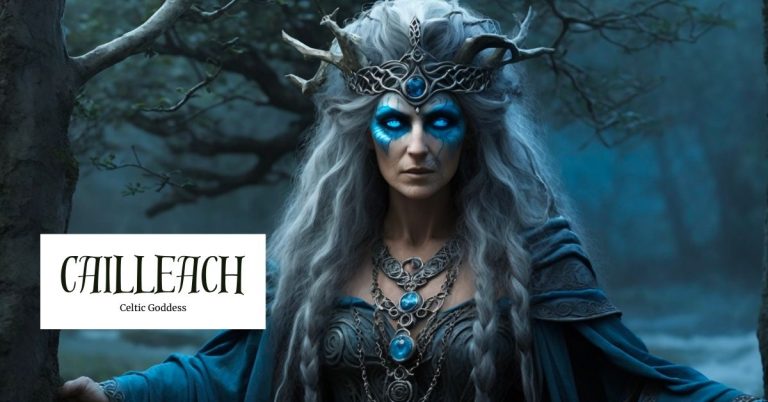Boann: Goddess of Poetry and Fertility
From her daring quest to approach a forbidden well to her transformation into the River Boyne, Boann’s legends encapsulate the essence of curiosity, defiance, and the potent consequences that reverberate through time.
In the heart of the Boyne Valley, at the ancient site known as Newgrange, Boann’s legacy flourished. As we delve into her origin story, the echoes of her footsteps encircle the magical Well of Segais, where hazelnuts and speckled salmon intertwine with the essence of wisdom itself.
Boann’s associations are as diverse as they are intriguing. From her enigmatic partnership with Manannan Mac Lir, the god of oceans, to her profound connection with the Milky Way, her presence extends from rivers to the celestial realms. The legends of her diverse companions, her audacious challenges to cosmic forces, and her transformations paint a portrait of a goddess deeply woven into the fabric of both the natural and the supernatural.
Overview of Boann

Source: Tales from the Wood
Boann, often spelled as Boann or Boyne, is a prominent figure in Irish mythology, specifically within the context of Celtic mythology. She is primarily associated with the River Boyne, which flows through eastern Ireland. Boann is often referred to as a goddess, and her stories are intertwined with themes of water, fertility, and wisdom. Her tale is part of the wider Tuatha Dé Danann mythology, a group of deities in Irish mythology.
Boann is often considered to be the wife or consort of the god Dagda, who is one of the chief deities among the Tuatha Dé Danann. She is also sometimes identified as the mother of Aengus, another significant figure in Irish mythology. However, her most famous connection is with the River Boyne.
In Celtic mythology, rivers were often revered as sources of life, renewal, and vitality. Boann’s act of seeking knowledge and her subsequent injury symbolize the inherent risks of delving into the mysteries of the universe and the consequences of challenging divine laws.
Titles
- The White Cow
- The Arm and Leg of Nuada’s wife
- The Great Silver Yoke
- White Marrow of Fedlimid
- Stormy Wave
- River of the White Hazel
Abilities
Boann’s association with flowing waters extends beyond the physical realm. In the same way that the River Boyne clears debris in its path, Boann’s energy is believed to help cleanse the mind of mental clutter and negativity. Invoking her presence can be akin to the soothing flow of a river, washing away worries and doubts, leaving mental clarity in their wake.
As the goddess of poetry, Boann is a muse for artistic expression. Her influence extends to the realm of creativity, providing individuals with the inspiration needed to unlock their creative potential. Boann’s connection to fertility signifies her role in nurturing growth and abundance. This fertility is not limited solely to physical fertility but also encompasses the fertility of ideas, projects, and aspirations. Boann is mentioned as a triple goddess of creativity alongside other celtic goddess’s Ceridwen and Brigid
Characteristics
Boann, the radiant goddess of the River Boyne, embodies the essence of flowing water itself. Her physical presence is a reflection of the river’s serene yet powerful nature, and her appearance holds echoes of the natural world she represents.
Long, flowing hair cascades down her shoulders, reminiscent of the gentle ripples of a serene stream. Each strand carries the hues of dawn and twilight, as if she is eternally bathed in the hues of the changing sky, mirroring the transition from day to night.

Source: Blueroebuck
She wears a robe that seems to shimmer with the essence of water itself. Its hues shift and change like the ever-moving surface of a river, reflecting the colors of the world around her. Adornments crafted from river stones and pearls adorn her attire, symbolizing the treasures and mysteries that rivers often hold. Upon her skin, a gentle glow reminiscent of moonlight reflects her connection to the cycles of nature. Her touch is said to be as refreshing as a cool breeze by the water’s edge, bringing a sense of rejuvenation to those fortunate enough to experience it.
Traits
Boann’s myth revolves around her curiosity and daring. She is unafraid to challenge boundaries and explore realms others might avoid. Boann’s actions demonstrate her desire for knowledge and wisdom. Her determination to unlock the secrets of the well exemplifies her hunger for understanding.
Boann’s actions demonstrate her desire for knowledge and wisdom. Her determination to unlock the secrets of the well exemplifies her hunger for understanding. Boann’s journey to the well displays her strong determination. She persists in her quest despite the warnings and barriers, demonstrating a resilient spirit.
Symbols
Perhaps one of the most emblematic symbols associated with Boann is the white cow. Cows held deep reverence among the Celts, representing nourishment, fertility, and a link to the land. The choice of a white cow aligns with the idea of illumination, as the color white symbolizes purity and enlightenment. This gentle creature embodies Boann’s nurturing spirit and her connection to the cycles of life.

Source: Amino
Hazelnuts, often linked to wisdom and knowledge, further emphasize Boann’s role as a guardian of enlightenment. Boann’s association with hazelnuts underscores her capacity to guide seekers toward hidden truths and deeper understanding.The salmon holds a special place in Boann’s symbolism, as it represents the wisdom gained from the pursuit of knowledge.
Water, represented by the River Boyne, is at the core of Boann’s essence. It signifies not only her connection to the physical realm but also her link to the metaphysical and spiritual domains. Boann’s role as a goddess of the river ties her to the ebb and flow of life’s currents and the mysteries they hold.
Festivals and Rituals

Source: Discover Boyne Valley
Goddess Boann’s influence and symbolism are celebrated through various festivals and rituals, particularly in Ireland’s Boyne Valley. One of the most significant and captivating celebrations occurs at Newgrange, a monumental Cairn that embodies the power center of the female divine. Here, the Winter Solstice becomes a sacred occasion, intertwining the natural world with mythological significance.
In the heart of the Boyne Valley, Newgrange’s Cairn serves as a testament to the connection between the goddess Boann and the rhythms of the cosmos. During each Winter Solstice, a remarkable spectacle unfolds. As the longest night of the year envelops the land, the Cairn, which carries echoes of a womb-like structure, becomes the epicenter of a celestial event.
With profound symbolism, the male Sun’s rays align perfectly with the entrance of the Cairn, signifying the respectful and harmonious dance between masculine and feminine energies. This alignment honors the goddess Boann and symbolizes the permission granted to the male Sun to penetrate the womb-like chamber of the Cairn, birthing another year of lightness and growth. It is a testament to the cyclical nature of life and the interplay of energies within the natural world.
Legends Associated with Goddess Boann
From forbidden wells to cosmic unions, her narratives weave an intricate tapestry of curiosity, wisdom, and cosmic consequence.
Origin Story

Source: Fine Art America
Goddess Boann’s origin story is interwoven with the ancient landscape of Brug na Bóinne, known today as Newgrange, an awe-inspiring site situated near the village of Slane in County Meath, Ireland. Dating back to approximately 3000 BC, this sacred location predates even Stonehenge by a millennium and stands as a testament to the enduring legacy of Celtic civilization.
She resided at Brug na Bóinne, a place teeming with the energy of millennia. Here, she embarked on a fateful journey, driven by her insatiable curiosity. She approached a forbidden well, drawn by the allure of hidden wisdom and secrets buried deep within the earth.
As Boann circled the well in a counter-clockwise manner, the waters surged forth with a tumultuous force, creating the River Boyne itself. This monumental event symbolized her connection to the rivers of the earthly realm and the powerful currents of knowledge.
Boann and Dagda

Source: Ancient Pages
Her marital partner varies across texts, sometimes paired with the water deity Nechtan, at other times with the mortal guardian of the Brugh, Elemar. Interestingly, certain scholars propose that Nechtan and the Dagda, leader of the Tuatha De Danann and God of the Earth, might be intertwined beings.
However, consensus emerges in acknowledging her connection with the Dagda, the All Father, and leader of the Tuatha De Danann. While her husband was absent, a clandestine union with the Dagda led to the conception of Aengus, destined to be the God of Youth and Poetry. To cloak her pregnancy from her husband’s gaze, Boann invoked a potent enchantment, suspending time itself. Through her magical feat, what would have spanned nine months was compressed into a solitary day, veiling her secret.
Aengus, born of this extraordinary union, was entrusted to the care of his half-brother, Midhr, fostering his destiny as a deity of creative expression and youthful exuberance. Later in life, Aengus’s own story intertwined with the realm of romance. He embarked on a fabled love story with Caer Ibormeith. In an enchanting tale, the two lovers transformed into swans and soared into the skies, bound for eternity in their adoration.
Between Rivers and Oceans
In certain interpretations, Boann’s lineage is intertwined with Manannan Mac Lir. He is depicted as the god of the oceans and the first drop of the sea. Their specific relationship is a mystery but they share a mutual association with water. Their union demonstrates an intricate connection between water’s various forms.
Manannan Mac Lir emerges as more than just a god, taking on a dragon-like form known as Liraithe, a sea creature whose essence reverberates through the oceans. This primordial sea dragon is portrayed as the source from which all oceans emanate, embodying the very essence of water’s boundless expanse. In this depiction, Boann’s connection with the god of oceans becomes a fusion of river and sea, an amalgamation of water’s myriad forms that speaks to the elemental forces shaping the world.
The curious aspect of this legend lies in the symbiosis of Boann’s dominion over rivers and her association with the god of all oceans. The rivers she presides over are the tributaries that weave through the land, while the ocean encompasses the vast realm of aquatic mysteries. Despite the contrast, their connection is a testament to the intricate balance between the microcosm and the macrocosm, the intricate dance of waters great and small.

Source: Behance
Within these interpretations, Boann emerges not only as the daughter of Manannan Mac Lir but also a progeny of a Water Sprite, an ethereal being whose name remains obscured in the annals of mythology. These variations in the tale grant Boann dominion over waters prior to her transformative journey, a power that resonates through her subsequent role as a goddess.
Modern Influences
“Bóinn: The River Goddess,” a composition by Meath singer Róisín Ní Ghallóglaigh in the year 2020. This musical tribute emerged as part of the “Songs for Our Children Project” for Meath Cruinniú na nÓg, an initiative that beautifully bridges tradition and innovation.
Source: Youtube
Curated by Aileen Lambert and Michael Fortune and commissioned by Meath Arts Office, this project served as a platform for the creation of freshly composed traditional songs designed for children. “Bóinn: The River Goddess” stands as a testament to the enduring resonance of Boann’s myth and her connection to the River Boyne.
Final Thoughts
Boann’s journey, from her audacious quest for hidden knowledge to her transformative role as the creator of the River Boyne, mirrors the human pursuit of wisdom and understanding. Her symbolism as a nurturer, a seeker of truth, and a bridge between realms has continued to inspire seekers, artists, and thinkers alike. In both ancient narratives and modern interpretations, Boann’s essence remains a source of insight into the connections between the natural world, the cosmos, and the depths of the human soul.
From poetic descriptions of her physical attributes to intricate analyses of her personality traits, her symbols, and her relationships with other deities, every facet of her existence reveals layers of significance. In a world where the boundaries between myth and reality often blur, Boann’s story continues to flow through the collective consciousness, reminding us that the mysteries of the past are intricately interwoven with the narratives of the present.
